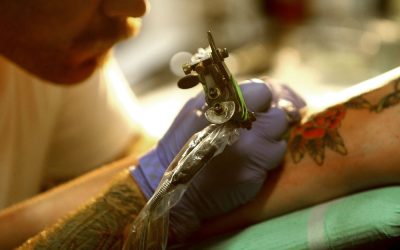Certified Sober Living Homes
-
AUTHOR: admin
-
octubre 4, 2021
Certified Sober Living Homes
Content
Halfway houses tend to have less structure and less privacy than sober living homes. Sober house, recovery house, sober living house – three names, one basic idea. Different areas use different https://newshead.ru/rossiyane-priznalis-chto-lechat-koronavirus-opasnymi-metodami/ terminology, but all three describe a sober living environment where residents can expect to share a home with like minded individuals in recovery, free from drugs and alcohol.
What percentage of addicts get sober?
What is the recovery rate for addiction? Roughly 75% of all people that seek addiction treatment are successful.
Additionally, some individuals may struggle with co-existing with others who may have different lifestyles or personalities. However, one potential downside of access to resources and services is that some individuals may become too reliant on them. It is important for individuals to take responsibility for their own recovery and use these resources as a supplement to their personal efforts, rather than relying on them as a crutch. While there are many advantages to living in a sober living home, there are also some potential disadvantages to consider.
You are unable to access rehabs.com
A Level II recovery residence assigns a house manager or senior resident to oversee the workings of the house and has at least one paid staff member. Level II includes the services of a Level I home as well as peer-run group and self-help and/or treatment. Our free email newsletter offers guidance from top addiction specialists, inspiring sobriety stories, and practical recovery tips to help you or a loved one keep coming back and staying sober. Jessica graduated from the University of South Florida (USF) with an English degree and combines her writing expertise and passion for helping others to deliver reliable information to those impacted by addiction. Informed by her personal journey to recovery and support of loved ones in sobriety, Jessica’s empathetic and authentic approach resonates deeply with the Addiction Help community. Sober living homes are generally privately-owned houses in quiet, residential areas.
What does the 1% tattoo mean?
Bikie gangs have secret numbers, symbols and codes for outlaw members. Only male gang members are allowed to show symbols or wear club patch. 1% symbol means minority of society, not law abiding and 'baddest of bad'
Or maybe you’re going to start an outpatient program, but living at home isn’t a sober, supportive environment for you. With proper communication and adherence to the rules and guidelines of the home, conflicts can be resolved and a positive living environment can be maintained. Accountability and structure are two key components of sober living homes, and regular accountability is an essential part of maintaining sobriety. Most sober living homes require residents to attend house meetings and adhere to a set of rules and guidelines.
What is a Sober Living Home?
We then expand on the findings by considering potential implications of SLHs for treatment and criminal justice systems. We also include a discussion of our plans to study the community context of SLHs, which will depict how stakeholder influences support and hinder their operations and potential for expansion. Depending on https://sirhealth.com/seven-early-signs-cancer-often-overlooked/ your location, you may need to obtain specific licenses and permits to operate a sober living home. This may include a residential care facility license, a business license, and a permit to operate as a sober living home. It can also be helpful to get accredited by your state sober living accreditor through NARR or NSLA.

Many residents complete a rehabilitation program prior to approaching a sober living home, but this is not mandatory. If you have already gone through rehab, but you’re not quite ready to live independently, this type of facility may be an excellent fit for you. In general, sober living homes are privately owned homes for people recovering from drug or alcohol addiction. Houses are usually located in quiet, peaceful neighborhoods, where members can destress and focus on their growth and recovery journeys. As a next step in our research on SLHs we plan to assess how they are viewed by various stakeholder groups in the community, including house managers, neighbors, treatment professionals, and local government officials.

0 comment